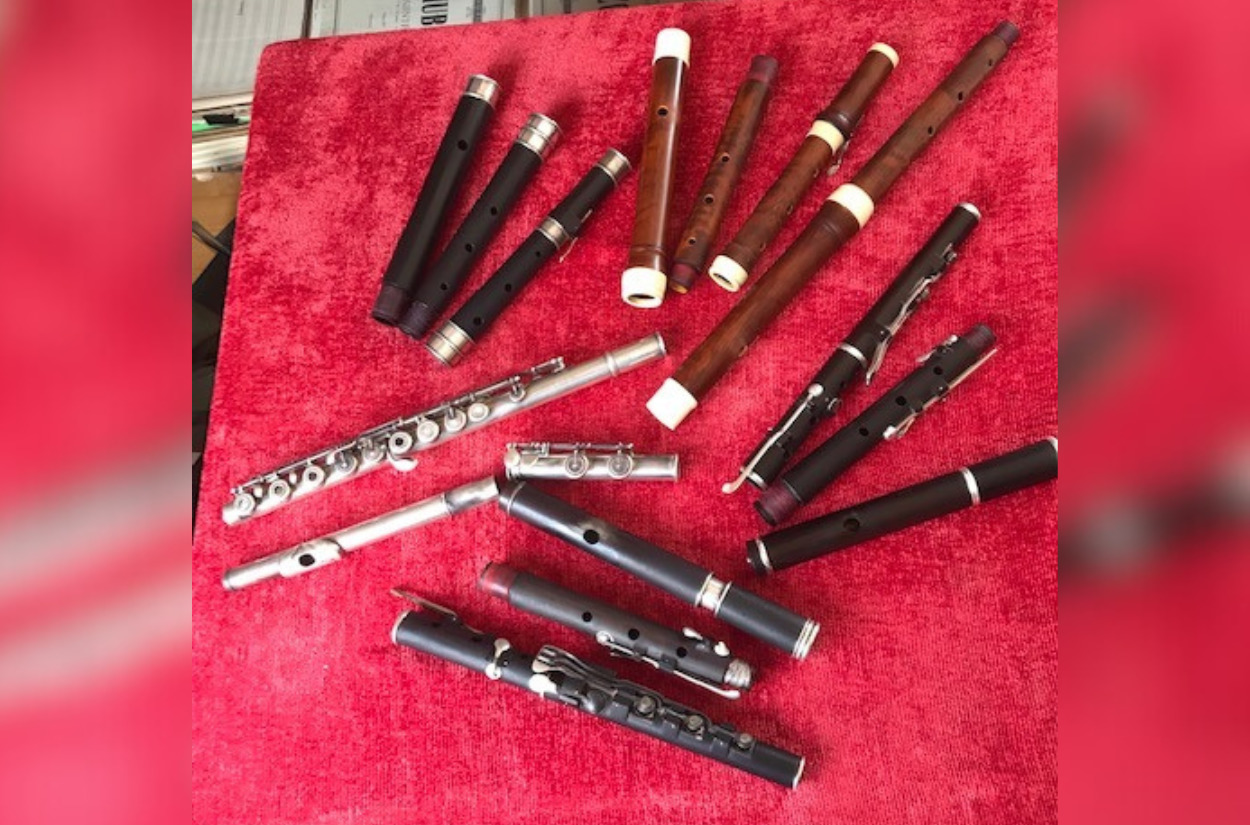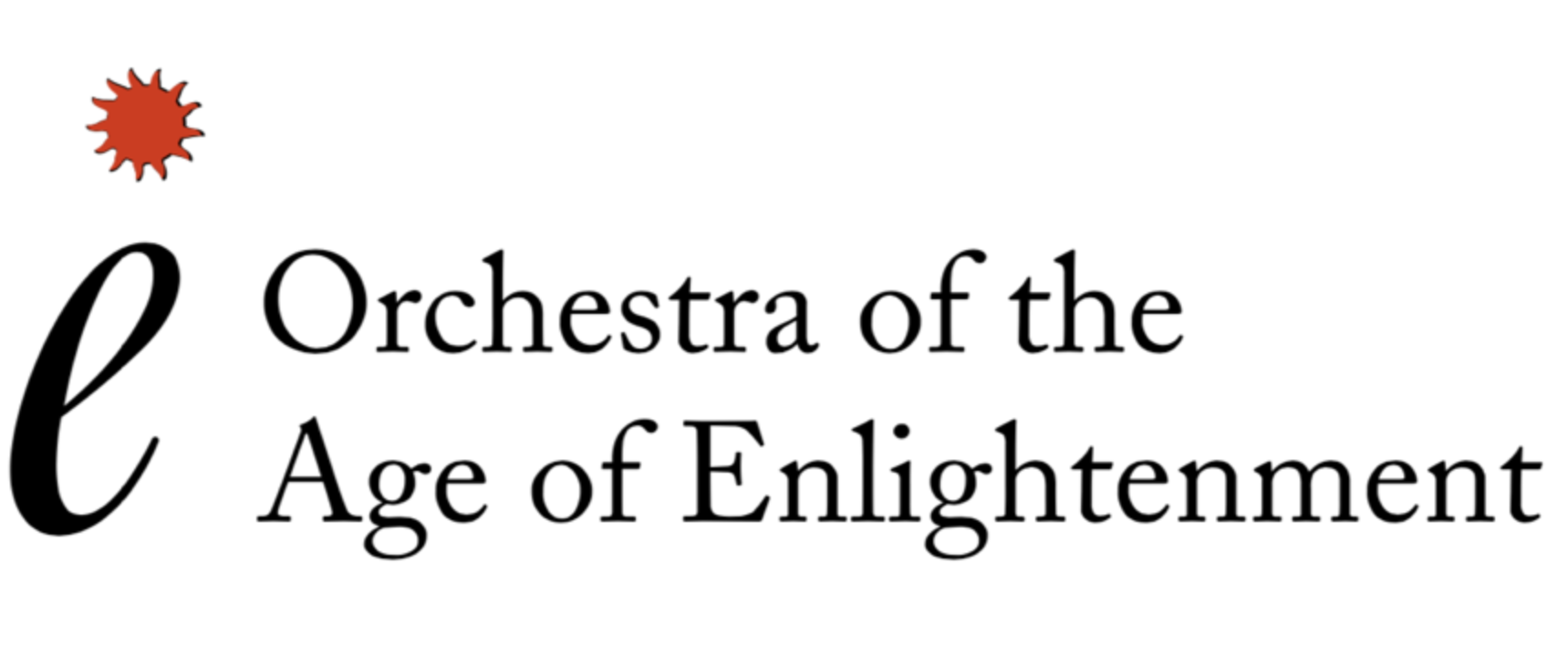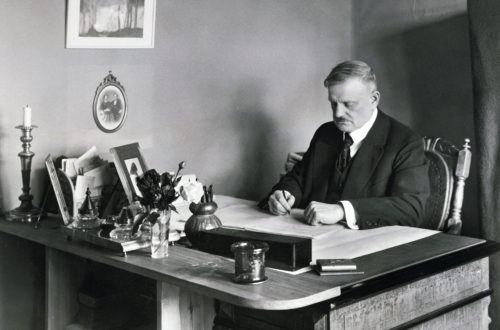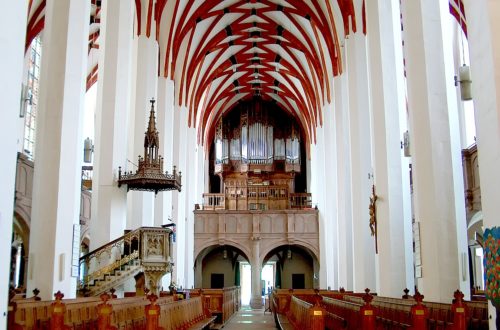Juggling flutes… almost literally. 28 March 2024

Recently, OAE players have had a lot of repertoire to prepare for upcoming OAE concerts at Queen Elizabeth Hall, Royal Festival Hall, St John’s Smith Square, The Anvil in Basingstoke and our Mendelssohn tour with Andras Schiff which will also take us up to Gateshead, Snape and Saffron Walden.
We’ll be playing music ranging from Bach to Sibelius… via Mendelssohn, Glinka and Grieg! Sibelius was born in 1865, nearly 200 years after Bach and of course the instruments developed a great deal during that time.
Nowadays historical woodwind players are used to playing instruments with different fingering systems and techniques alongside each other but I can’t remember a time when I had quite so many to practice and maintain in good order at the same time.
This is what the OAE does… it’s challenging and fun!
"I can't remember a time when I had quite so many to practice and maintain in good order at the same time. This is what the OAE does... it's challenging and fun!"
In the photo at the top of this blog are the five flutes on my practice table last week (clockwise from top left)
1. Roderick Cameron blackwood 1-keyed Bressan model (kindly lent by Katy Bircher)
2. Giovanni Tardino boxwood 1-keyed Buffardin model (Bach Easter Oratorio (with Peter Whelan) & St John Passion (with Polyphony))
3. Rudall & Rose rosewood 8 keyed flute c.1830 (kindly lent by Guy Williams)
4. Rudall & Rose rosewood 9 keyed flute c.1840 (Mendelssohn Complete Symphonies with Sir András Schiff)
5. Silver flute by Claude Rive c.1885 open G# Boehm system (Sibelius Symphony No 5, Rachmaninov, Greig and Glinka with Maxim Emelyanychev)
(I also have a standby flute for the Sibelius – wooden Rudall Carte c.1915 – but it couldn’t appear at the photo shoot.)
There is exactly a week off after all these concerts before we start rehearsing for Mozart’s The Magic Flute at Glyndebourne…which will require yet another change of instrument!



